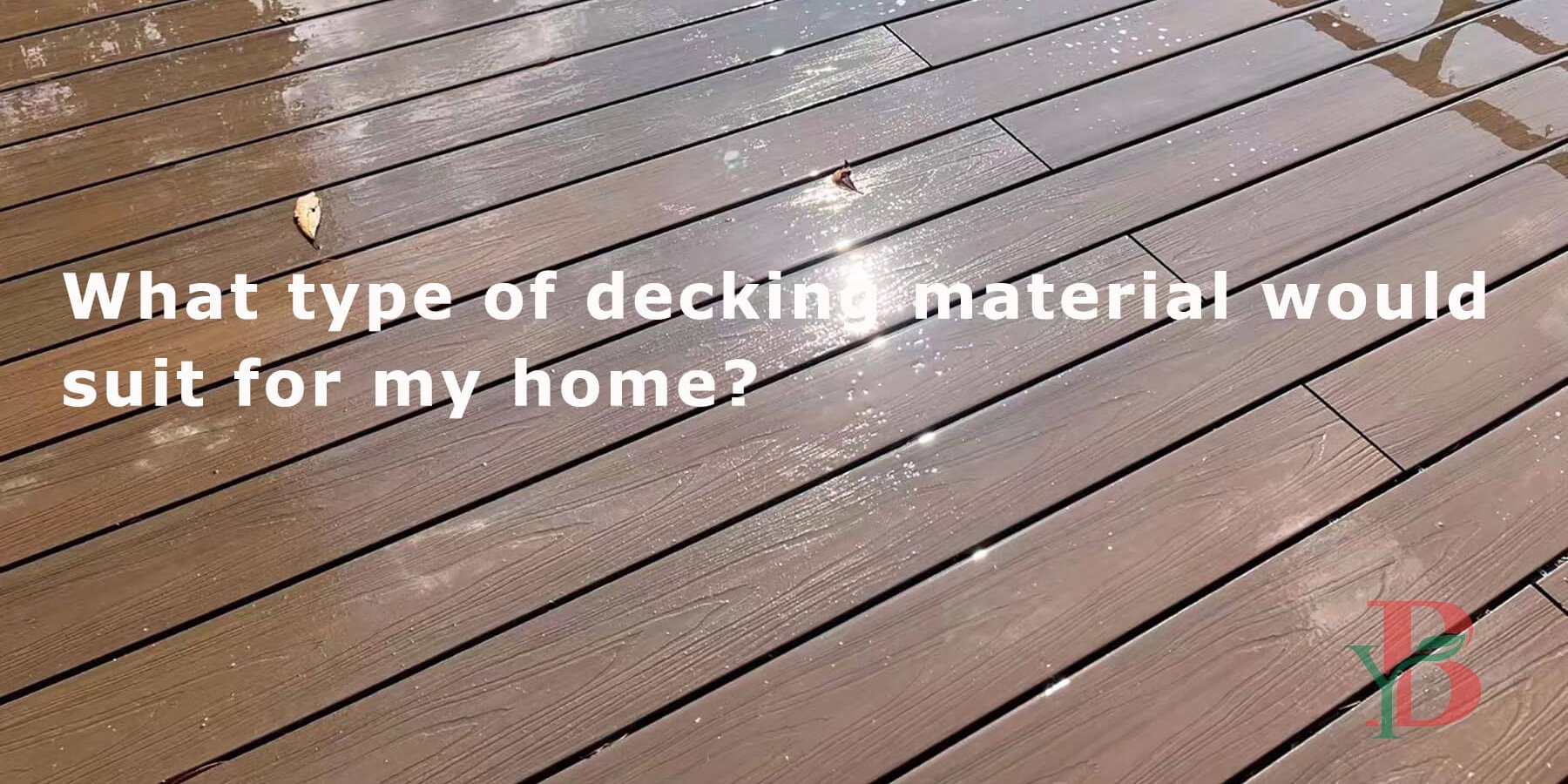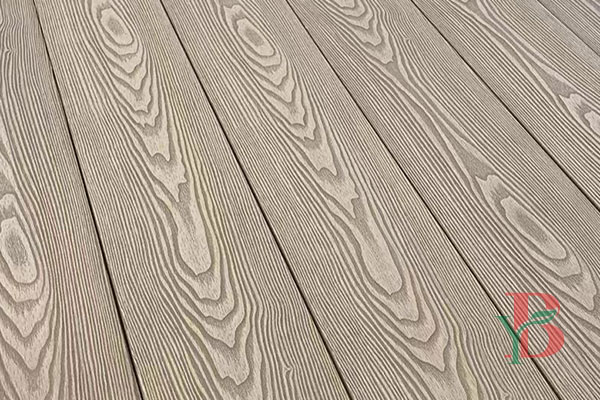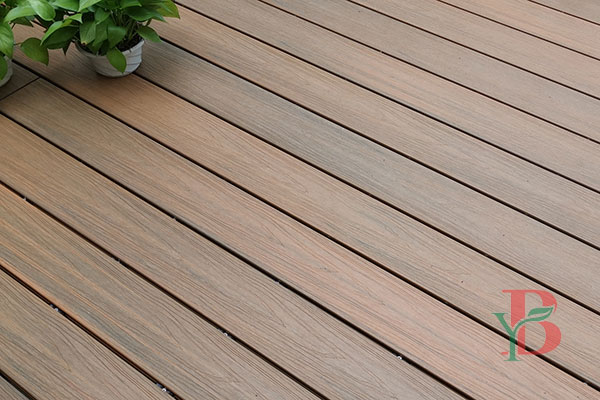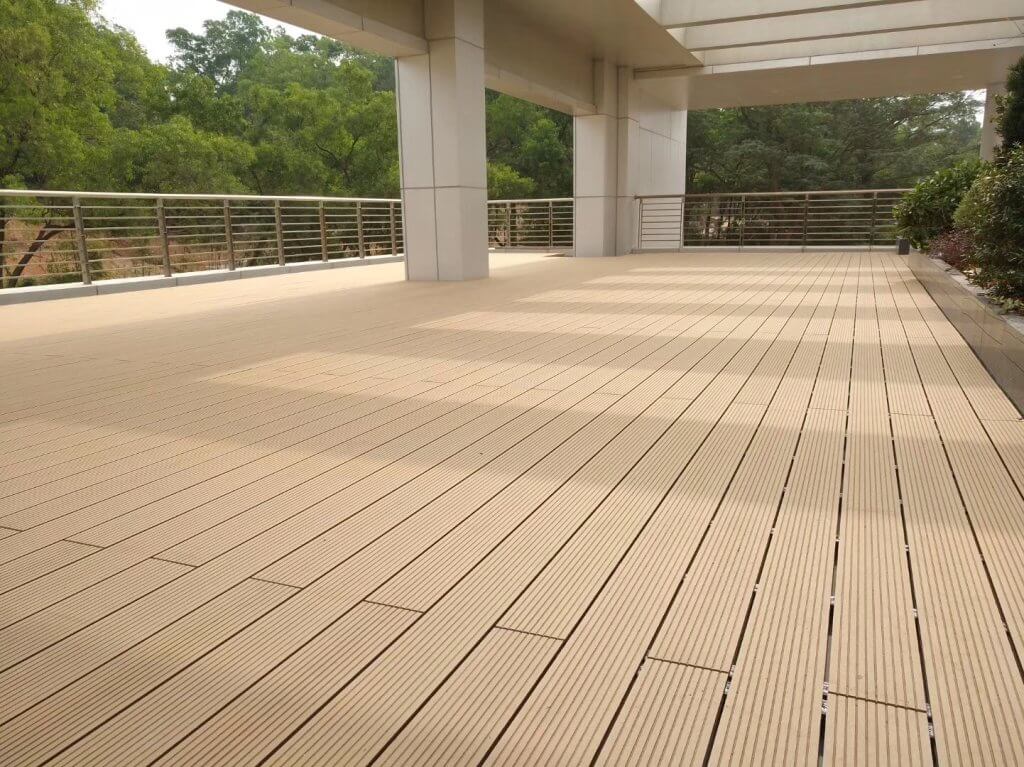A deck is a wonderful addition to your home and ramps up your yard’s fun. It is an area to entertain, to relax, and to enjoy the space you have created. Therefore, it is important to understand how to choose the right decking material before you start building.
Exploring Decking Material Options
Wooden Decking
Timber for decking comes in many different types and colors, and there is something to suit every budget. They add warmth to your outdoor living area and look fantastic.
1.Pressure-treated wood, which is the most common and affordable decking choice. It’s a great choice for bigger decks and smaller budgets. This is usually southern pine or fir which is treated with chemicals to withstand decay, fungi, and termites.
Pressure-treated wood is easy to work with, lightweight, and versatile, making it a good option for D.I.Y. installation. But pressure-treated wood requires yearly sanding, painting, or oiling for lasting results.
2.Weather-resistant lumber like redwood or cedar. Apart from a beautiful look and feel, these woods have better resistance to weather and will last many years with proper care. They cost more than pressure-treated lumber.
3.Tropical hardwoods, like Ipe, Ironwood, Teak, etc, are beautiful, durable, and naturally rot-resistant. They can last 20-30 years with yearly sanding, oiling, and regular sealing, but can be very expensive.
The life span of wood is limited when it is used in outdoor applications. Regardless of the type of lumber you choose, it will require a fair amount of maintenance. Both softwood and exotic wood will fade, warp, crack, and create splinters over time. This will mean staining and sealing your deck regularly.
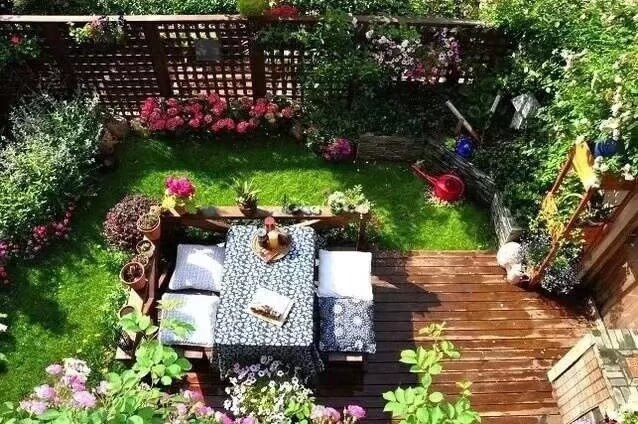
Wood Alternatives: Wood Plastic Composite Decking
If you want the look of wooden decking without the high maintenance requirement, composite decking is the right choice for you. Composite decking has become increasingly popular because it does not need a lot of maintenance, and is a response to an increasing consumer desire for eco-friendly and sustainable decking materials.
Bongywood Composite decking is an environmentally friendly alternative to timber, which is made with recycled wood flour and recycled plastic with special additives. Composite decking appears of natural look, but less timber problems. Composite decking is durable and less likely to fade, warp, rot, or splinter than timber decks, and is impervious to rot and insects. It’s also extremely low maintenance, no need for oiling and staining – simply wash it down with a composite deck cleaner.
The new technologies are making composites more attractive and sustainable, Bongywood has developed a variation collection of composite decking which offers the aesthetic of natural timber and the benefits of long-lasting beauty with minimal maintenance, you will have many colors and grain patterns to choose from that you are sure to be happy with your choice.
PVC Decking
These materials will not rot or support mold and mildew. They are designed to be scratch and stain-resistant and are very low maintenance. Plastic decks typically feature a non-slip coating that becomes less slippery when wet. This is ideal if you live in a moisture-rich environment, and is lighter than wood or composite, making it easier to handle.
Aluminum Decking
If you want a seriously low-maintenance deck, look to aluminum. Aluminum is virtually maintenance-free, it will not rust or rot and is resistant to mold and mildew. The durable material doesn’t try to look anything like wood and can be interlocked to prevent rain from dripping through.
Selecting the Ideal Decking Material for Your Home
Choosing the right type of decking material for your home depends on a variety of factors, including your budget, style preferences, and climate. Here are a few things to consider when making your decision:
- Budget: Decking materials range in price from affordable options like pressure-treated wood to more expensive options like composite decking and PVC decking.
- Style: Decking materials come in a variety of styles to match your home’s exterior. For example, pressure-treated wood has a classic look, while composite decking and PVC decking can be made to look like wood, stone, or other materials.
- Climate: If you live in an area with a lot of rain or snow, you will need to choose a decking material that is resistant to moisture and rot. Composite decking and PVC decking are good options for wet climates, while pressure-treated wood can be used in wet climates if it is properly sealed.
- Maintenance: Some decking materials require more maintenance than others. For example, pressure-treated wood needs to be sealed every year or two, while composite decking and PVC decking require very little maintenance.
Here is a table that summarizes the pros and cons of different types of decking materials:
| Decking Material | Pros | Cons |
| Pressure-Treated Wood | Affordable, low-cost, easy to install | Can rot or warp if not properly sealed, Requires regular refinishing |
| Cedar Decking | Natural, cost-effective | Requires regular maintenance |
| Hardwoods & Softwoods | Strong, natural appearance, diverse species with unique traits | Requires regular maintenance |
| Composite Decking | Durable, can be made to look like wood or other materials. Fade, scratch, and stain-resistant, low maintenance, Eco-friendly, made from recycled materials. | Tends to expand and contract due to temperature changes |
| PVC Decking | Extremely durable, water and insect-resistant, low maintenance, various colors/styles. Suited for water-prone areas, longevity, easy upkeep | More expensive than composite decking. Carriers a visibly synthetic appearance. |
| Aluminum Decking | Durable and non-combustible, lifetime over 30+. Light in weight, making it much easier to install. | Hot in direct sunlight |
Optimizing Your Decking Choice
Depending on your preferences and specific needs, the perfect decking material can be chosen. If near water-prone areas, PVC decking might be the best choice. For low-maintenance and long-lasting options, consider composite or PVC decking. Seeking a natural wood look? Hardwoods, softwoods, or cedar decking might be the most suitable. The final decision hinges on personal preferences and individual requirements.
Bongywood Wood Plastic Composite
If you’re considering a decking solution that combines the best of both worlds – durability, low maintenance, and aesthetic appeal – we invite you to explore Bongywood WPC, our products include Classical Composite Decking, 3D-Embossed WPC Decking, and Capped Composite Decking. Free to contact us for more information, expert guidance, or any inquiries. Let us assist you in creating your ideal outdoor living space.

